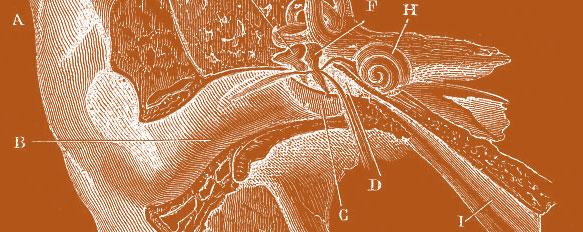I’m a dedicated, long time editor who shows a loving but firm hand in shaping prose. Show me your style guide, publication, or other target text, and I’ll help you get your work to that standard.
I’ve edited for magazines and newspapers, trade books, academic journals, and the underground DIY press worlds.
I have also edited for institutions, including grants for major arts organizations, proposals for new media companies, and copy for organization websites.
My specialty areas for editing include:
• Technical writing for arts organizations, liberal/left political and social justice organizations, and media companies (proposals, grants, reports)
• Creative non-fiction writing (book and essay manuscripts, long format journalism)
• Humanities and social science academic work (book and paper manuscripts, grants, thesis and dissertation proposals, and thesis and dissertation manuscripts)
My working style:
I work with a client to establish the type of edit needed, time frame for the editing process, and style of communication needs for edits. From there, I propose a working framework. Once it is approved, we move forward together to fulfill the task.
What does editing mean?
Here are definitions for a three tiered-system of editing, from Arthur Plotnik’s The Elements of Editing:
Light edit: Correct capitalization, grammar, numbers, punctuation, and spelling. Also repair nonsensical or potentially libelous statements.
Medium edit: A light edit plus also working the prose to ensure the active and concrete statements, clearly structured paragraphs, and, in the main, accurate information.
Heavy edit: Light and medium edits plus rewriting some sections, eliminating material, including transitions, and verifying the accuracy of information.
A “copyedit” usually mean a light to medium edit. A “substantive editing” is a medium to heavy edit. For those struggling with English grammar and usage, it is likely to be a medium to heavy edit.
Style guides: Chicago (16th Edition), MLA, AP, and AAA
